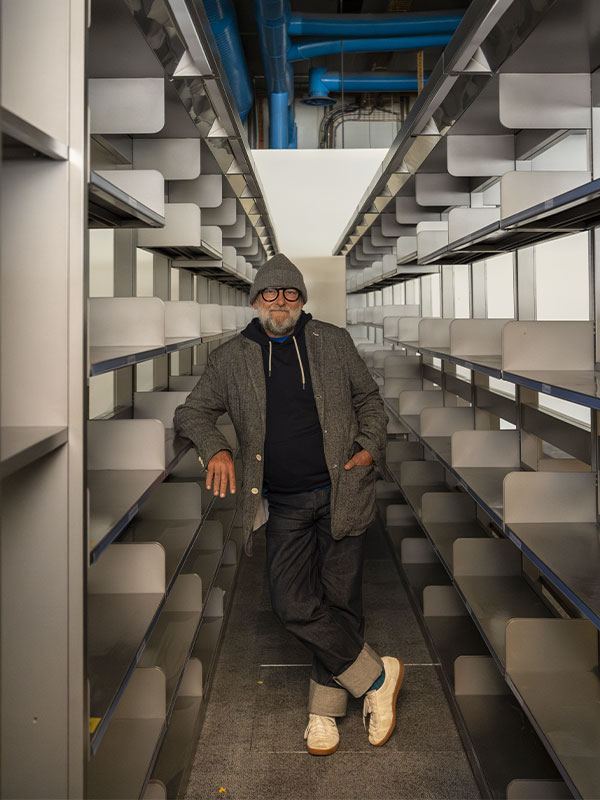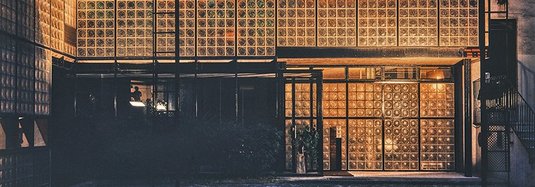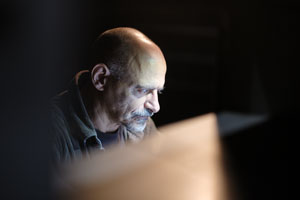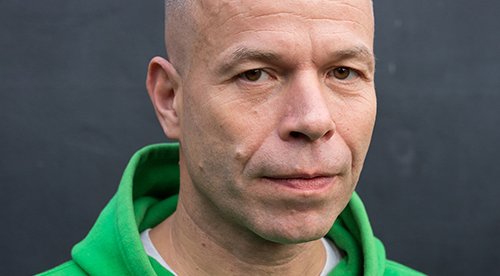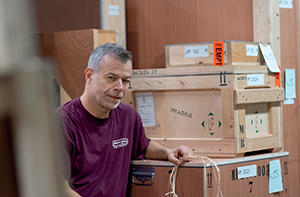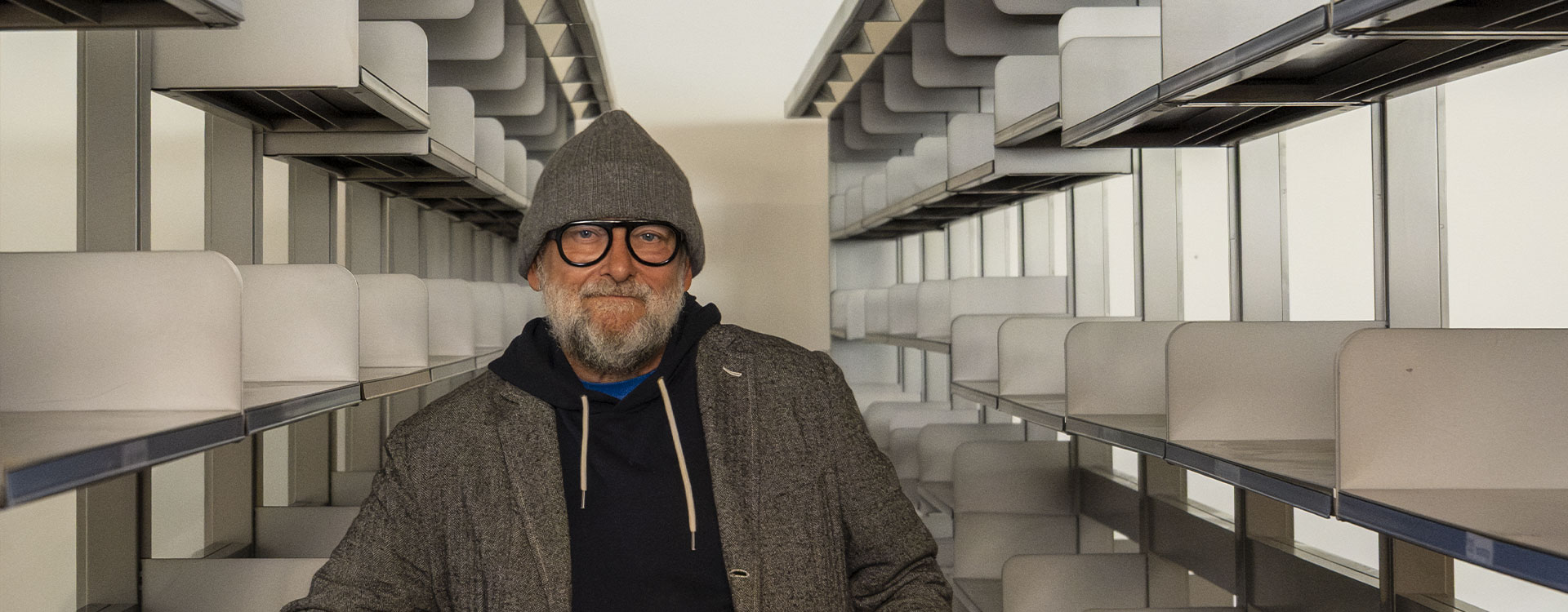
Le Centre Pompidou &… François Halard
On level 2 of the Centre Pompidou Library, only long shelves remain, stripped of their books. The threadbare carpet betrays the heavy use the place has seen since it first opened to the public in 1977. For photographer François Halard, this ghostly setting, bathed in dim, faded light, immediately evokes the environments of artist Thomas Demand (born in 1964).
After training in decorative arts in Paris, François Halard moved to New York in the 1980s, where he worked for various magazines such as Vogue US, Vanity Fair, GQ, and House & Garden. This not only gave him access to the residences and interiors of influential creatives, but above all to the studios of some of the most celebrated artists of their generation, including Cy Twombly, Robert Rauschenberg, and Louise Bourgeois. In doing so, he succeeded in creating a dialogue between artists, their works, and their living environments, revealing the hidden backdrops of creation through meticulously composed photographs that show an acute attention to detail.
François Halard succeeded in creating a dialogue between artists, their works, and their living environments, revealing the hidden backdrops of creation through meticulously composed photographs that show an acute attention to detail.
Claiming a practice that verges on obsession, he is capable of shooting two boxes of Polaroids in two hours, as he did recently in Giverny while celebrating his birthday; “The camera, like the painter’s hand, is really the extension of one’s instinct, of one’s space”, he says. From these snapshots—which he reworks with paint, wax, or other materials—he creates new series, part of which will be shown during an exhibition for Paris Photo: “Sighing waterlilies, reflections of skies, ghostly or sculptural flowers, still waters and dreamlike mists […] A hybridization between the mimesis of photography and the lyricism of painting”, writes Vincent Huguet. Far, very far from the architectural or interior photography that made him famous. A meeting.
François Halard — The Centre Pompidou is a building that has aged remarkably well. In fact, it was the very first building I ever photographed. It’s acquired a patina over time, even though it faced some rough treatment in its early days. I love the charm of its pipes. It sits somewhere between John Chamberlain and Robert Rauschenberg — it has a sculptural quality.
The Centre Pompidou was the first building I ever photographed.
François Halard
I used to go to the Centre Pompidou often in the late 1970s, when I was a student. I was deeply influenced by the major landmark exhibitions: “Paris–New York” (1977), “Paris–Berlin” (1978), “Paris–Moscow” (1979), “Paris–Paris” (1981). I still have all the catalogues — they were fantastic, truly visual research tools where you could read, learn, explore. Substantial volumes full of previously unseen material, not the usual images already widely circulated. They offered a real deep dive into early 20th-century art history. That made a lasting impression on me.
Then came exhibitions dedicated to Balthus, to Pablo Picasso of course, and to Cy Twombly — one of which featured my portraits of him. A kind of transition between my own work and that place. At the time, I had an exclusive contract with American Vogue and was photographing many artists’ studios. I had the opportunity to meet Jean-Michel Basquiat, Andy Warhol, Julian Schnabel… There’s nothing quite like stepping into an artist’s studio to understand how they work — and, at the same time, to enrich your own practice. I loved the energy of New York in the 1980s and ’90s — it was wildly exciting.
There’s nothing quite like stepping into an artist’s studio to understand how they work — and, at the same time, to enrich your own practice.
François Halard
I think that same spirit can be felt in Paris today. And celebrating Beaubourg’s closure with a big music-filled weekend organised with Because Musique — that says something. I’m not sure that would have been possible just a few years ago… ◼
